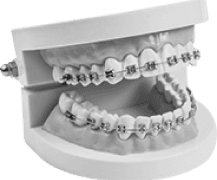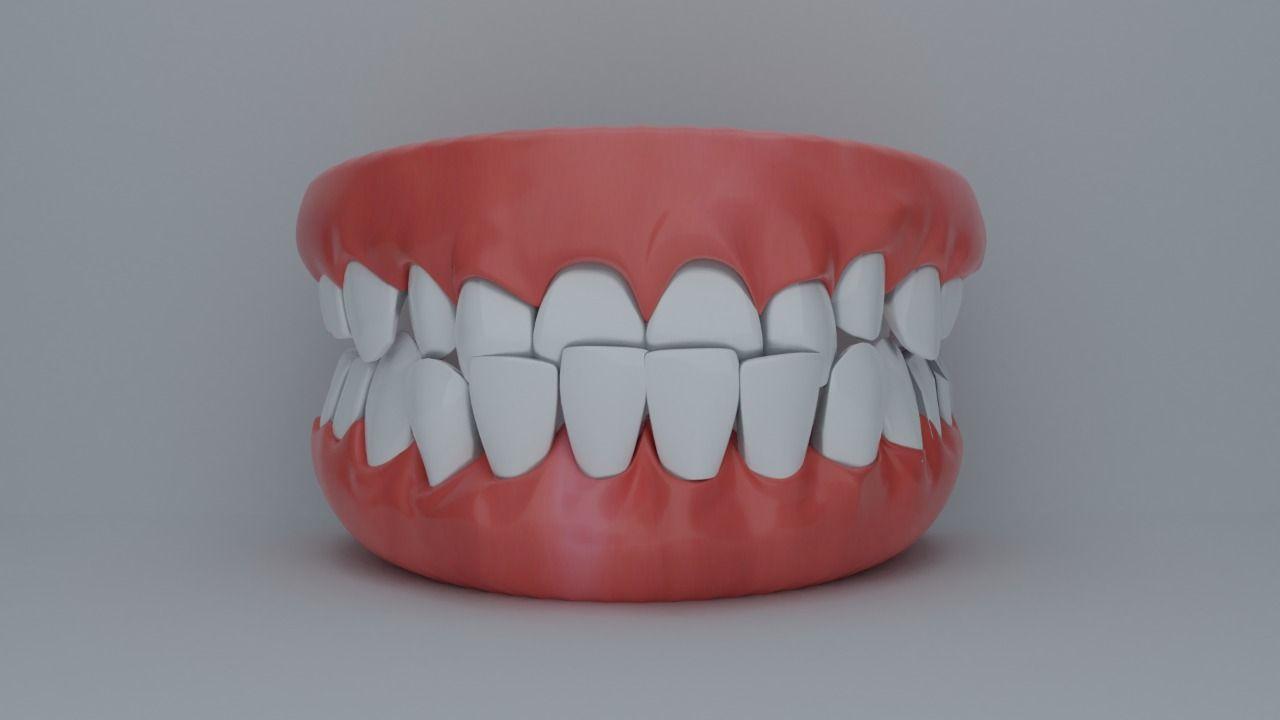MakeO blog
Overbite and Overjet are two orthodontic issues that may sound similar but are very different from each other. Everything from their meaning to appearance differs from each other but the two terms are often mistaken to be synonymous. If you get confused between the two as well, then this article is for you. Here we will simplify the difference between overbite and overjet in easier terms. So let’s get started, shall we?
Difference Between Overjet and Overbite
1. Overjet
Meaning: An overjet is a horizontal misalignment between your jaws. Overjet teeth happen when the upper jaw pushes outward. Here the overjet teeth overlap the neighbouring teeth which means that upper incisors are present in front of the lower incisors. An overjet makes oral functions difficult such as chewing and speaking. Also known as buck teeth, this issue also does not let you close your lips fully.
Appearance: Upper teeth overlap the lower teeth by 3 millimetres.
Position of the teeth: Even though the upper teeth protrude over the lower teeth, the positioning remains straight or downward
2. Overbite
Meaning: An overbite is when the upper teeth overlap the lower teeth by 3 millimetres. This can constantly impact the upper and lower jaws which can wear down the teeth. It can also lead to other dental issues such as jaw pain, damage to the jaw and gums, sleep apnea and even speech problems. An overbite is also known as a deep bite or a closed bite. In simple words, it is a vertical misalignment between the upper and lower jaw.
Appearance: The horizontal separation between teeth is more than 2 millimetres
Position of the teeth: The teeth protrude at an outward angle
Causes of Overbite & Overjet Teeth
Overbite and overjet issues are also largely described as ‘malocclusions’, which is Latin for ‘bad bite’. Listed below are the reasons that can lead to dental issues like an overbite or an overjet:
- Genetics
- Excessive thumb-sucking as a child
- Tongue thrust
- Excessive use of pacifier as a child
- Shape or size of the jaw and teeth
Symptoms of Overbite and Overjet
Symptoms of both these types of malocclusions depend on their appearance or the oral health issues that they impose. Common symptoms of overbite and overjet include:
- Visibly misaligned teeth or abnormal appearance of the jaw
- Crooked teeth that do not allow the mouth to be closed properly
- Speech issues like lisp
- Mouth breathing
- Difficulty in eating
Health Issues Due to Overbite/Overjet
If dental issues like an overbite or an overjet are not given the medical attention they need, they can lead to other health problems like the following.
1. Sleep issues
Overbite and overjet can indirectly contribute to breathing issues such as sleep apnea. They may occur more frequently in individuals with severe overbites or overjets.
2. Difficulty in eating or speaking
In cases of severe overbites, the improper alignment of the upper and lower teeth may result in an inefficient bite, making it challenging to properly break down food while chewing. Overjet, with its protruding upper front teeth, can affect speech by altering the positioning of the tongue and causing speech difficulties like lisping.
3. Damaged teeth
Both overbite and overjet can lead to the uneven distribution of biting forces across the teeth. Over time, this can cause excessive wear and tear on specific teeth, leading to damage or fractures. Moreover, the teeth that protrude due to overjet are especially susceptible to trauma, as they are more exposed to external forces.
4. Gum problems
The improper alignment of teeth in cases of overbite and overjet can put extra stress on the gums. Gums may become irritated or inflamed due to the constant pressure exerted by misaligned teeth. In severe cases, the gum tissue may recede, exposing the tooth roots and increasing the risk of gum disease.
How to Fix an Overbite and Overjet
Now that you understand the overbite and overjet difference, their symptoms and causes, if you are experiencing any such issues, you must make an informed decision. The best person to diagnose your case and suggest a treatment is your orthodontist. After doing a 3D scan of your jaws, they may recommend one of the following treatment options.
1. Clear Aligners
Clear aligners are custom-made, transparent trays that gradually move the teeth into the desired position. They are discreet, removable and much more comfortable compared to traditional braces.
2. Surgery
When the severity of these malocclusions is too high, your orthodontist may suggest surgery that reshapes the jaw.
3. Tooth Extraction
Removing the tooth can resolve the issue of overcrowding of the teeth in the jaw, thus helping with malocclusions.
Correct your overbite with makeO Aligners
makeO toothsi is the country’s leading at-home oral care brand that uses the latest technology to ensure that your smile is always radiant and flawless. You can fix any kind of malocclusions with our innovative clear aligners. Our invisible aligners are transparent, customised solutions that can be placed on the teeth without any professional help. They work by gradually shifting the teeth to their desired positions. Walk in for a free consultation or schedule an online appointment with makeO toothsi pros today to know more!
Overbite vs. Overjet: Frequently Asked Questions
How to know if you have an overjet?
If you have an overjet you may notice your upper teeth are sticking out 2mm in front of your lower teeth. You might accidentally be biting your tongue or the inside of your cheek.
How long does braces treatment take to fix an overbite?
As each case is unique there is no fixed time frame for braces to correct an overbite. However, it might take six months to two years approximately depending on the severity of the case.
Is it too late to fix an overbite?
There is no age limit to fixing an overbite. As long as you have teeth that have not lost any enamel, then you can fix your overbite.
Does overjet change your face shape?
Yes. Overjet means there is an excess protrusion of your upper teeth. It does change the shape of your face and make your lips seem protruding.
Related articles

Types of Braces: Removable vs Fixed Braces, Which is Right For You?

This Diwali, Smile Bright With makeO Teeth Whitening Kit

Dr. Pravin Shetty: Pioneer in Lingual Orthodontics & Innovative Smile Solutions
How do I Know I’m the Right Candidate for makeO toothsi Teeth Aligners?

